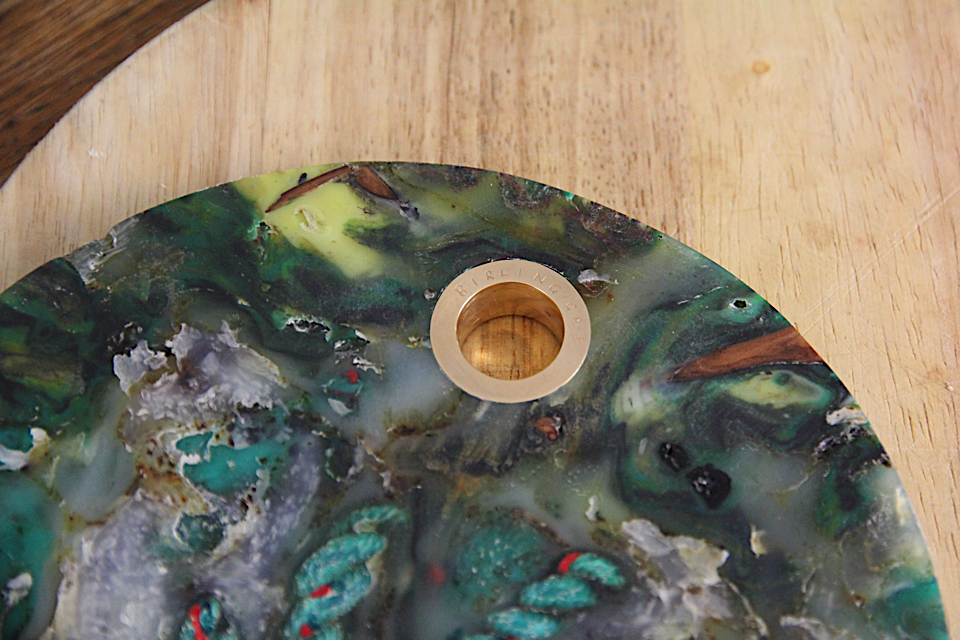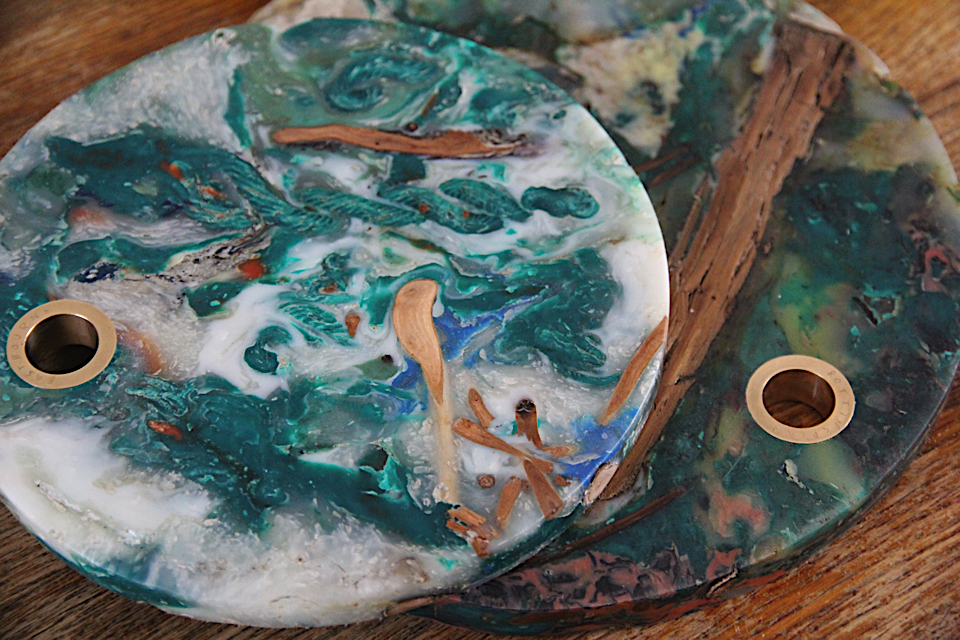TALENTS
toni packham

Antonia (Toni) Packham is just graduated from the University of Brighton in 3D Design. She explores the possibilities of waste materials found on beaches such as plastic fishing nets. By transforming waste into beauty, she questions our relation to waste and open a door on what could on new material. For you to get to know her better we asked her a few questions. What is the main inspiration for this project? The project was sparked by my research into plastiglomerate, a plastic stone that has been discovered on the shorelines of Hawaii. Natural materials such as wood, shells and sand are joined together with melted plastic to form a stone like material. I was motivated by the abundance of plastic waste along the East Sussex Coastline to create a material like plastiglomerate that would speculate how plastic might be found in the future. It’s a material that embodies the conflict and connection between the natural and man made environment. With the negative effects of plastic waste ever increasing, I hoped this project would address it in a positive and accessible way. Do you think plastic waste of could be used for mass-production objects in the near future? I think the potential is there. Within the design sphere there is ongoing research into addressing waste plastic but there needs to more commercial uptake with the right systems in place to collect it. Plastic waste has huge potential as there is so much of it available and it needs to be used productively. What fascinates you about designing new materials? It’s exciting to see waste which is deemed as worthless being made into something valuable. I like the narrative that these materials tell, when waste from a specific site can be re-processed and made into something for that local area, it is particularly interesting.
Can you tell me a little about the design process, how do you start your design and what’s your goal? As I’m very material driven, I often work backwards; starting with a material and its properties and then seeing how it can be applied to a product. The outcome often differs from the initial goal as the material dictates the direction of the project. How would you describe yourself as an awareness activist, as a designer? I wouldn’t particularly say that I am an awareness activist but I am very conscious of the negative impacts of plastic pollution on the environment. I enjoy working with waste materials and designing so on reflection I would say I am a designer. I think that designers have a responsibility and a role to play in ensuring that waste materials are used positively. Do you think the impact on society of a work is key? I think its important to consider the context of work, in this case plastic pollution is a huge problem and so when working with it, it was important for me to create something that was accessible to the public, that could be appreciated on its aesthetic merit and prompt discussion about plastic pollution. How do you see yourself in the coming years? I’d like to continue working with waste materials and see where it leads. Ultimately this could mean having my own established studio/workshop or working for an organization which shares my values. Interview by Cecile Poignant

`






